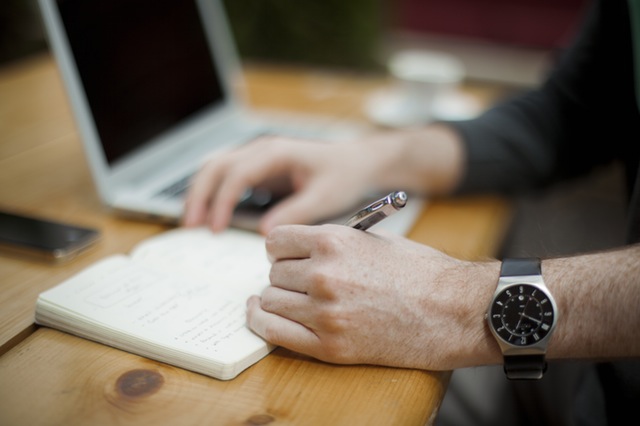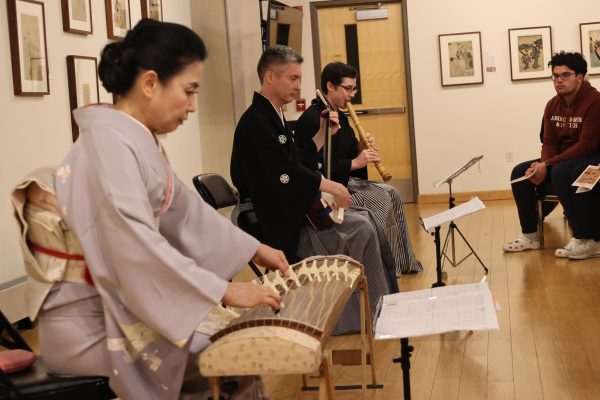Lefties Left Out?
February 9, 2017
Some left-handed students say they struggle with furniture not designed with them in mind.
Many of the desks on campus are simply tables with chairs. Most tables allow the users to sit however they want. The furniture in classrooms like those in Insalaco and certain rooms in Mercy Hall are easily adaptable for left-handed people.
For left-handed students who attend classes in the science building lecture hall, there is no such luck. They are forced to sit at a desk that provides an armrest on the right side.
First year graduate DPT student Kaitlin Fulton said she dislikes having to position, and re-position, herself to find a comfortable spot.
When asked whether these right-handed desks inhibited her learning, she stated, “sitting in a right handed chair does affect my learning because I often find myself focusing on the best way to sit, so I will be able to comfortably take notes instead of the lecture, and I typically never find a comfortable position.”
Some classrooms with the right-handed desks have one or two left-handed desks, but they are typically placed in the corner towards the back of the classroom.
“Left-handed desks should be distributed throughout the classroom and not just located in the back of the room. People who are left-handed should be able to sit in the front or the middle of the room with a desk that is made for them,” said Fulton.
Amy Paddock, another left-handed first year DPT graduate student, said she is simply accustomed to fitting into ill-fitting furniture..
“After sitting in a chair for a long period of time, my back does start to hurt. However, I don’t know if that is from just sitting down for too long or if it is from the right-handed desk. I do not have anything to compare it to since I always sit in those desks,” Paddock said.
Dr. Joseph Curran, professor and chair of religious studies, served as co-chair of the Facilities Planning Committee back in 2008-2010. This committee is involved in selecting the desks for classrooms.
While the decision for those specific chairs in MacDowell was made after Curran served as co-chair, the committee did ask for his input.
“When I gave my input I was not thinking specifically about left-handers,” said Curran.
“I suspect that righties might be a little frustrated if they had to sit at a lefty desk, but maybe the experience would teach them some empathy for their left-handed brothers and sisters,” said Curran.
Curran said the purchase of more chairs similar to those found in MacDowell Hall would feel more comfortable for the students.
“Dr. Patrick Hamilton, who is left-handed, tried the sample chair out and liked it,” he said.
The implementation of simple tables and chairs as well as the use of laptops or tablets for note-taking have started to eliminate problems that lefties face, but years may go by before all the desks on campus are replaced.
Lefties only make up about 10 percent of the world’s population, and at a small school with only 3,000 students in attendance, that number seems minuscule. But that statistic means that about 300 people walking around campus right now are left-handed.
There are many misconceptions about left-handedness that, throughout the years, have given lefties a bad reputation. There are man myths that associate evil with the left side, such as getting out of bed with the left foot first means you will have a bad day, or pouring a drink with your left hand is a sign of bad luck.
Left-handed people are labeled “south paw” or “buck fisted,” yet left-handed people do not announce right-handed people.


